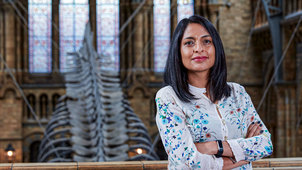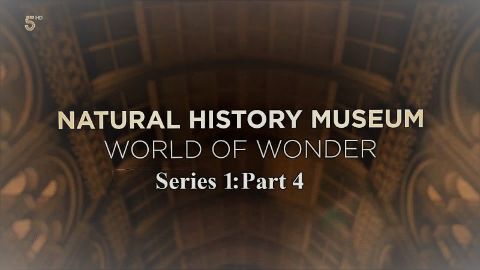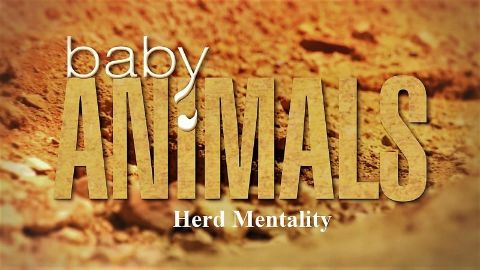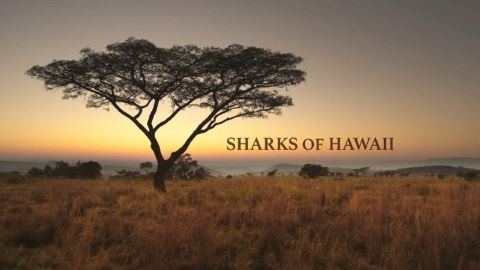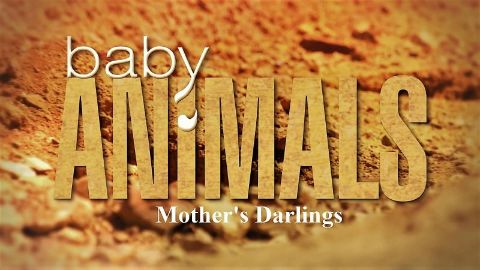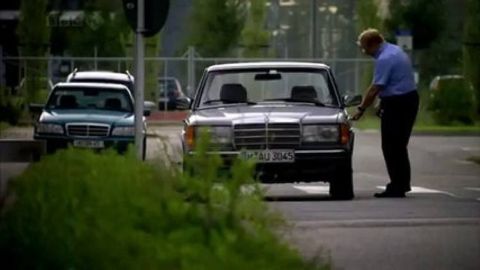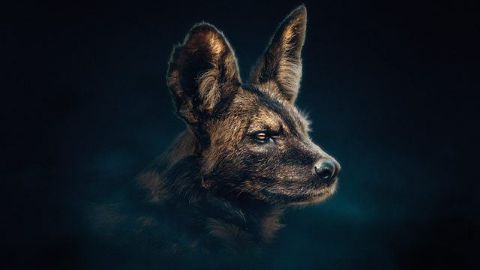Part 1 • 2020 • episode "S1E1" • Natural History Museum: World of Wonder
Every year, five million people visit London's Natural History Museum to see its incredible collection, from extraordinary dinosaurs to giant whales, and rare fossils to space rocks said to be as old as the solar system itself. But only a fraction of the staggering 80 million items in the collection are on display. Here cameras capture some of these incredible specimens, revealing the unique and rare pieces too valuable to exhibit.
Make a donation
Buy a brother a hot coffee? Or a cold beer?
Hope you're finding these documentaries fascinating and eye-opening. It's just me, working hard behind the scenes to bring you this enriching content.
Running and maintaining a website like this takes time and resources. That's why I'm reaching out to you. If you appreciate what I do and would like to support my efforts, would you consider "buying me a coffee"?
Donation addresses
BTC: bc1q8ldskxh4x9qnddhcrgcun8rtvddeldm2a07r2v
ETH: 0x5CCAAA1afc5c5D814129d99277dDb5A979672116
With your donation through , you can show your appreciation and help me keep this project going. Every contribution, no matter how small, makes a significant impact. It goes directly towards covering server costs.
